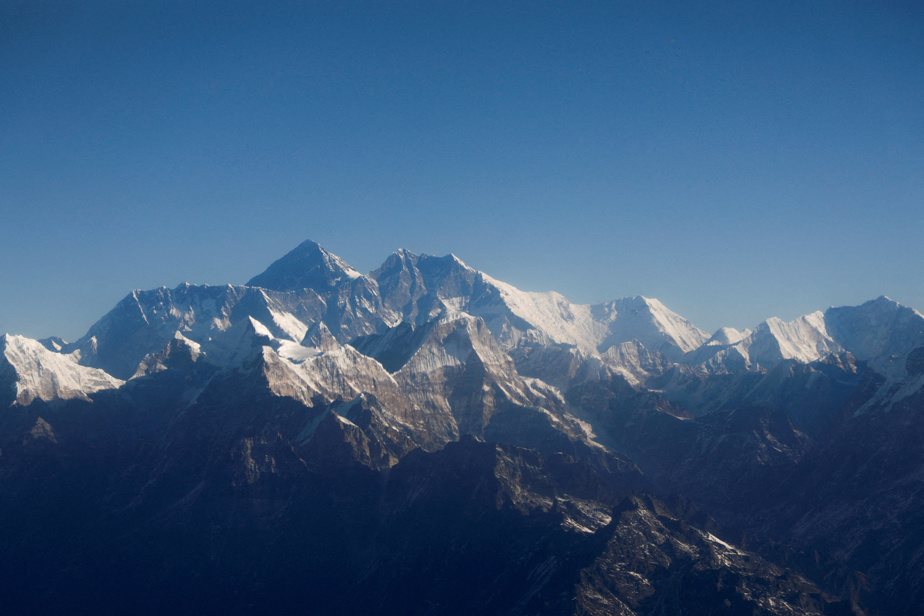(Khumjung) Since Everest was first conquered 70 years ago by Edmund Hillary and Tenzing Norgay Sherpa, thousands of climbers have attempted to follow in their footsteps and set out to conquer the roof of the world .
The eight-day trek to reach Everest Base Camp is among the most popular treks in Nepal. Every year, tens of thousands of tourists walk this path.
At the time of the 1953 expedition, small farming villages still populated the area. These have since been replaced by large hotel complexes, equipment stores and tea houses, which fuel an entire local economy.
Along the route to Everest, Sherpas and other Himalayan peoples have also opened restaurants and guesthouses.
In the region, mountaineering has supported men and women for three generations. A sector of activity much more lucrative than agriculture or the breeding of yaks.
A retired mountain guide, Phurba Tashi Sherpa was born in the village of Khumjung, about ten kilometers from Everest Base Camp. Throughout his childhood, he watched his father and uncles go to the mountains to accompany expeditions there.
In their wake, the latter conquered Everest 21 times. “There were only a few expeditions” a year, recalls Phurba Tashi Sherpa.
Since then, their number has increased dramatically, thus generating “an increase in income”, underlines this former high mountain guide. “It has helped improve our ways of life here.”
Nepalese mountaineers, mostly of Sherpa ethnicity, have always accompanied expeditions aiming to conquer Everest, and have done so since the first attempt to climb the roof of the world in the 1920s by a British team.
Today, the term “sherpas” more generally refers to the high mountain guides of the Himalayas, who fix the ropes, repair the ladders and transport the food and equipment for climbers from abroad.
Long in the shadow of Western climbers, Sherpas have recently come to light, thanks to the exploits of a young generation of Nepalese mountaineers, who have brought to light the key role of these high mountain guides.
In an interview with AFP, in 2021, the famous Italian mountaineer Reinhold Messner had thus highlighted a well-deserved ascent. “It’s an evolution,” he insisted. “And it’s also important for the country’s economy.”
Each year, the Khumbu region (East), which leads the way to the roof of the world, welcomes more than 50,000 hikers.
“It’s a gift from the mountains and we have to thank the first of the peaks [l’Everest, NDLR] for opening the region to tourism,” said Mingma Chhiri Sherpa, mayor of the village of Khumbu Pasanglhamu.
To help the community he worked with, New Zealand mountaineer Edmund Hillary funded the first school in this area. Located in the village of Khumjung, it is said to have even transported wood there to help with its construction.
Ang Tsering Sherpa, one of the school’s first students, now owns an agency specializing in Himalayan expeditions.
“It is thanks to mountaineering that young Sherpas today have a higher level of education,” he said. “It brought a wave of economic prosperity. »
According to glaciologist Tenzing Chogyal Sherpa, whose grandfather Kancha Sherpa was part of the 1953 expedition, access to education opened up new opportunities for young Sherpas.
“A Sherpa can now be a doctor, engineer or businessman, whatever he wants. It’s a very good thing,” he said. “And if they want to be mountaineers, they can.”















